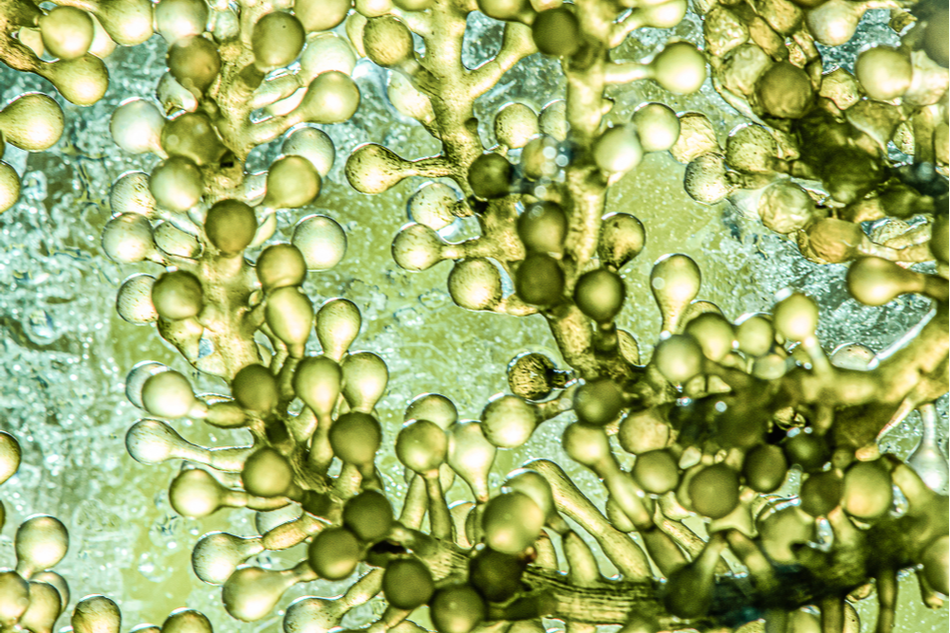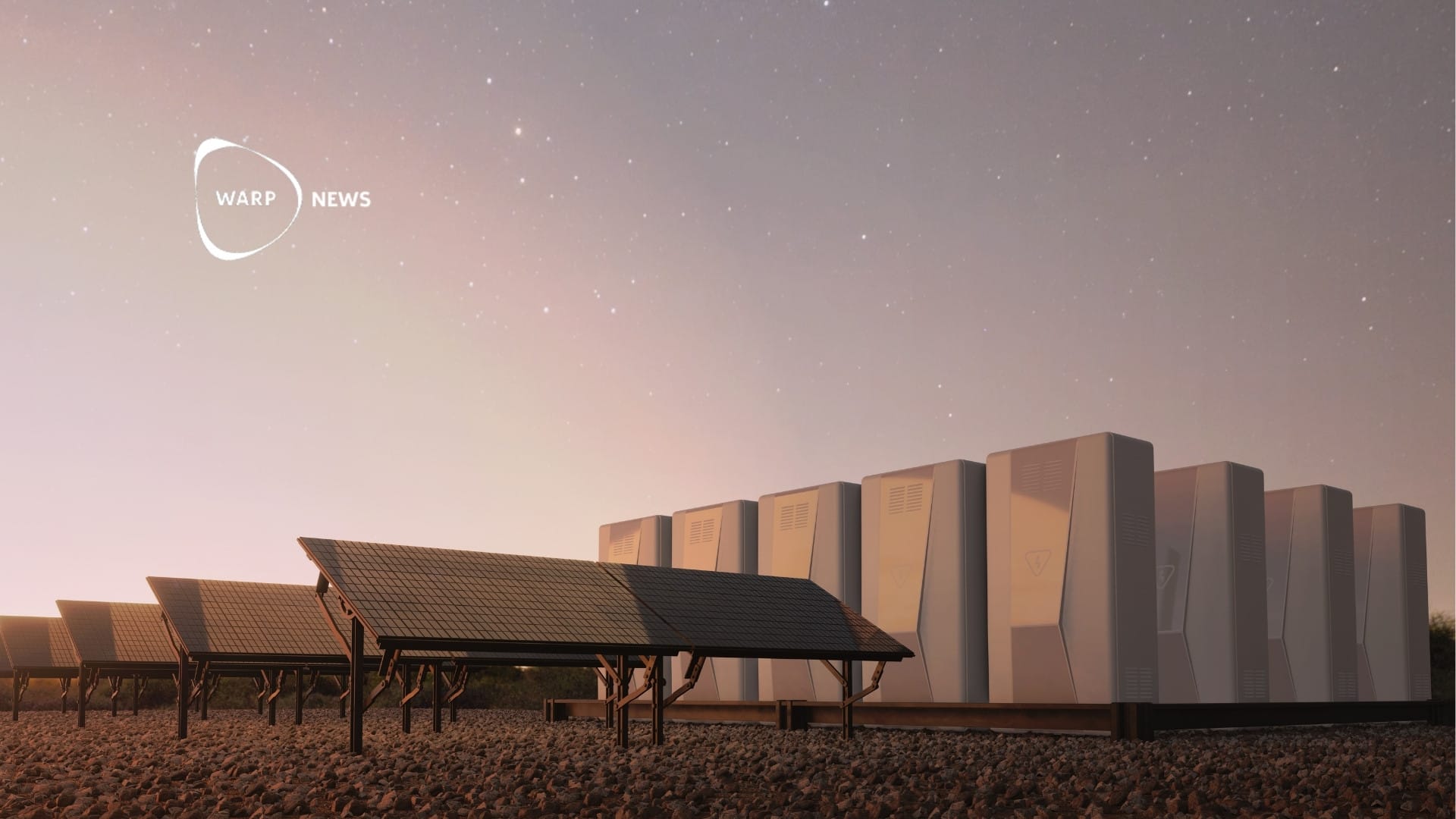
♻️ 3D printed living material that can grow "on-site"
Researchers have created a new 3D-printed, living material of algae.
Share this story!
Algae is one of the most productive organisms on Earth. They have incredible capacity, such as making animal feed more sustainable, and they can sequester greenhouse gases. A new study has also used algae to create a new material.
In a study from TU Delft, scientists created an eco-friendly, biodegradable, and living material using algae and 3D printing. A novel bioprinting technique was used in the study. It deposits algae into living and photosynthetic materials, which are both durable and flexible.
Besides algae, this new process used non-living bacterial cellulose (an organic compound that’s produced and excreted by bacteria). Scientists were able to create a unique material with the photosynthetic quality of algae and the bacterial cellulose’s robustness by simply combining living and non-living ingredients.
“The printing of living cells is an attractive technology for the fabrication of engineered living materials,” says Marie-Eve Aubin-Tam, an associate professor involved in the study to Designboom.
Bacterial cellulose has remarkable mechanical characteristics, for example, strength, toughness, flexibility, along with its ability to retain its shape under changing circumstances. You can compare this new technique with printing, where the bacterial cellulose is the paper, and the living microalgae is the ink.
Because of the plant-like nature of the material, it can use photosynthesis to “feed” itself for many weeks. It’s also regenerative, which means that a small amount of the material can grow quickly “on-site”.
This new material can eventually be used for many different applications, for example as artificial leaves. The “leaves” can then be used in places where real plants don’t grow well, as in outer space.
Picture: Optimist Daily
By becoming a premium supporter, you help in the creation and sharing of fact-based optimistic news all over the world.


